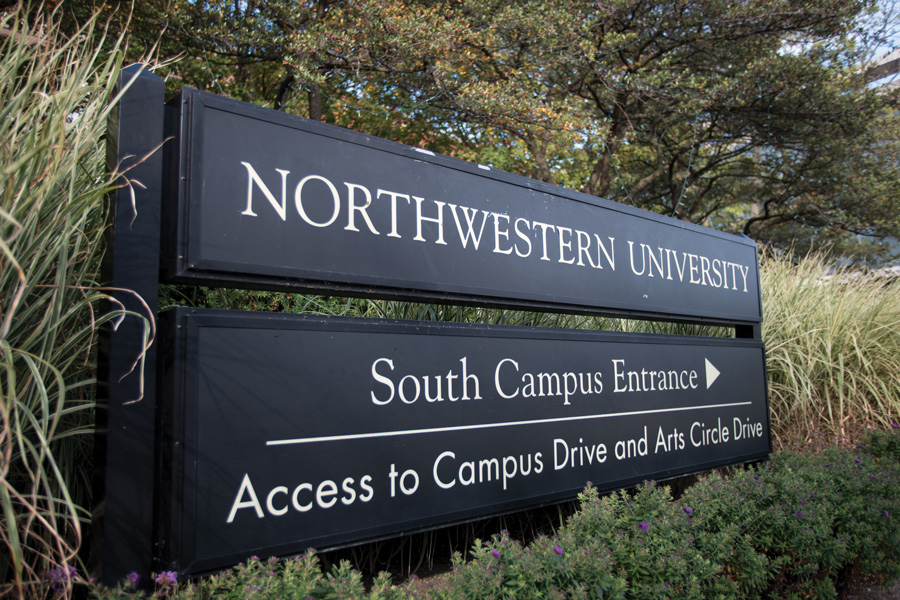Council to discuss revised analysis of NU buildings, other tax-exempt properties
September 18, 2017
A city staff memorandum analyzing tax-exempt properties in Evanston found taxing Northwestern buildings could generate nearly $6 million in revenue.
According to the memorandum, which was written Aug. 31, University properties comprise 36.5 percent of tax-exempt properties, all of which comprise only 10 percent of Evanston’s total properties. If currently exempt properties were taxable, they would generate about $10.2 million per year in property tax revenue, with NU’s properties accounting for more than half of that, the memorandum said.
Along with hospitals, schools, city property and park district property, NU is not legally obligated to pay property taxes due to its not-for-profit status.
The city conducts these analyses to stay current, Ald. Tom Suffredin (6th) told The Daily in an email. The memorandum is a revised version of an April analysis of tax-exempt properties by assistant city manager and chief financial officer Marty Lyons.
“I asked for the update to reflect the reassessment of Evanston properties that just occurred,” Suffredin said.
Lyons, who has calculated tax-exempt property analyses twice prior to the Aug. 31 update in his nine years as a city staff member, said this time he used NU’s annual financial report to calculate potential assets.
For example, the memorandum calculated possible tax revenue increases by measuring the square footage of each building. However, it said a “unique” property such as Ryan Field would be valued differently if considered a “private venue” for sporting events.
“This analysis doesn’t differentiate between commercial and residential calculations,” the memorandum says. “If the City wants to continue this analysis, staff recommends the use of our (tax increment financing) advisor Kane McKenna in support of the tax calculations and property evaluations involved.”
The memo was originally supposed to be discussed at the Sept. 11 council meeting, but was tabled because of time restraints. At the same meeting, Suffredin asked that the analysis be a part of the budget materials available online to the public.
Lyons said the memo will be discussed at next week’s City Council meeting.
Email: [email protected]
Twitter: @AmeliaLangas


